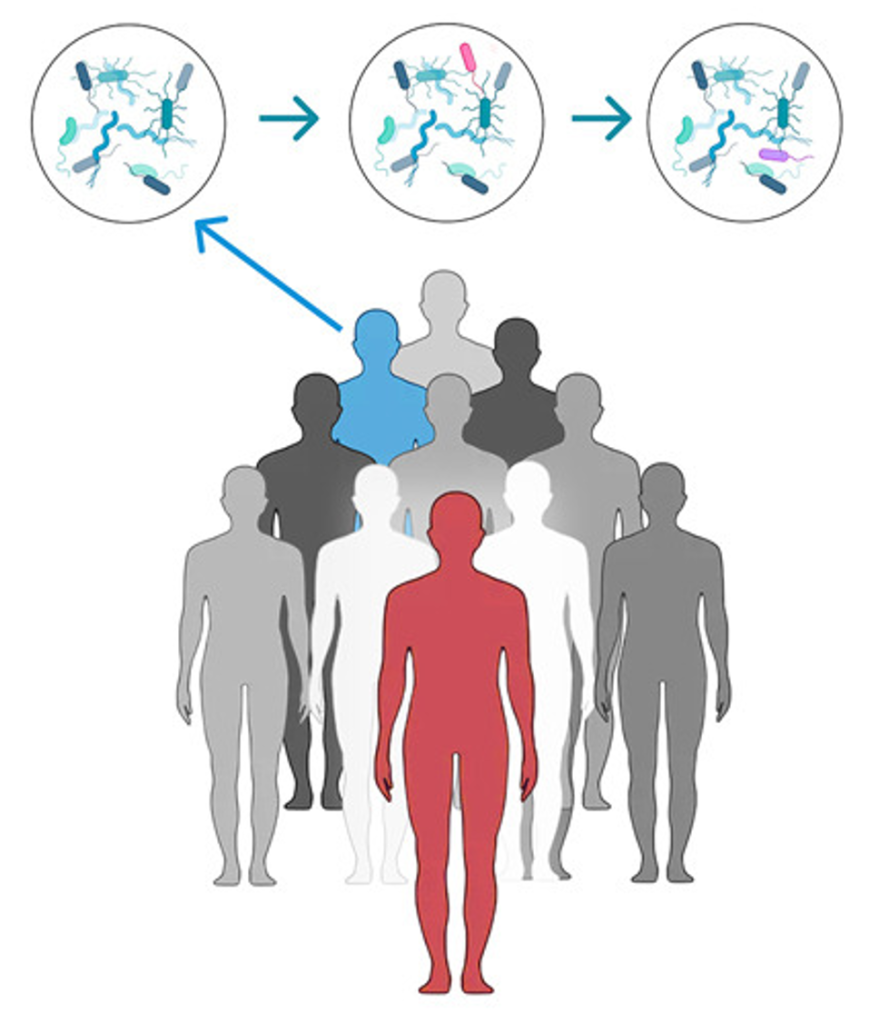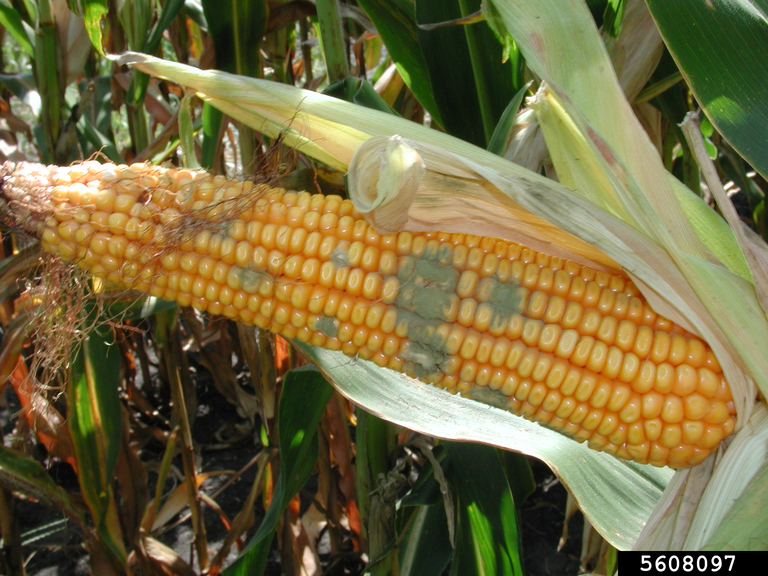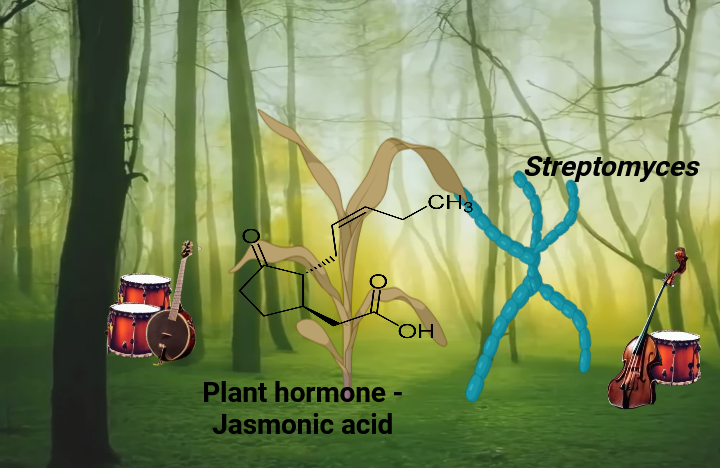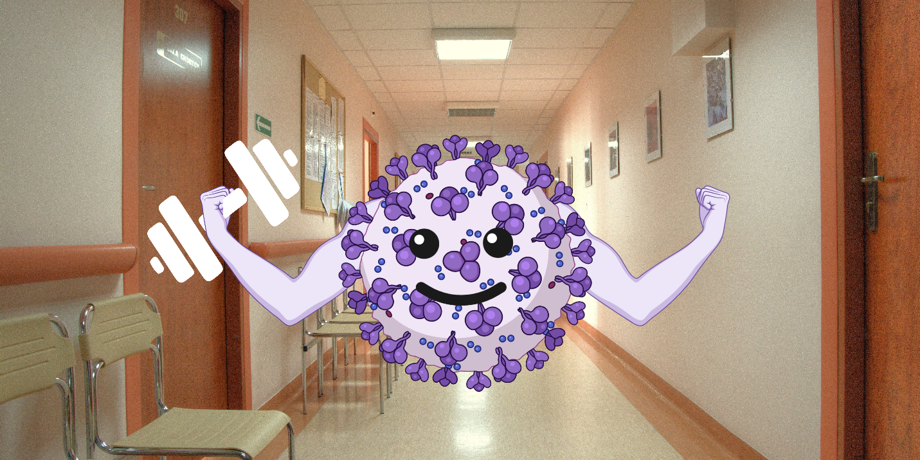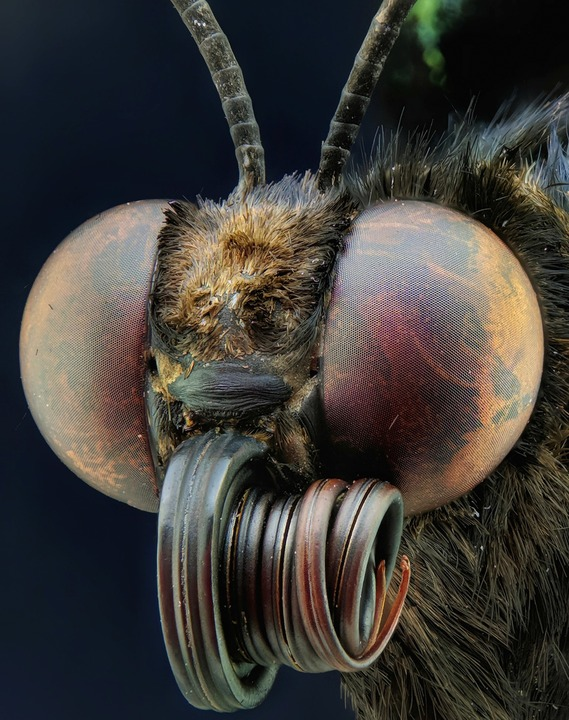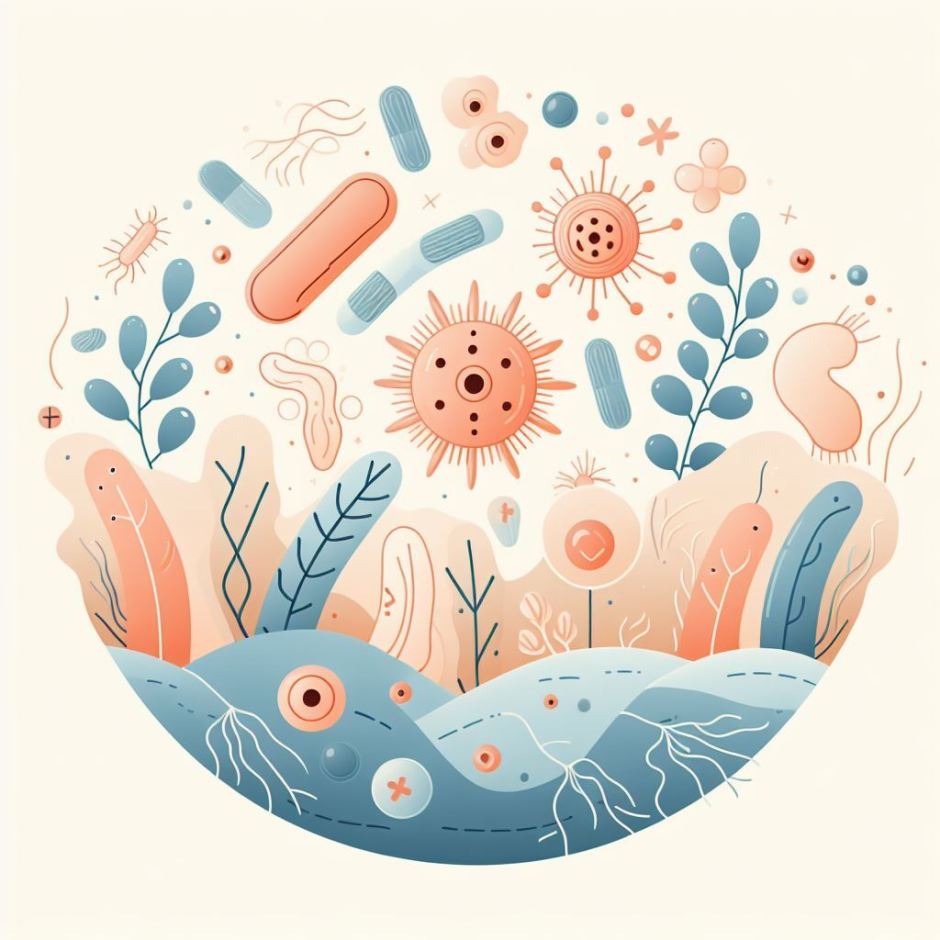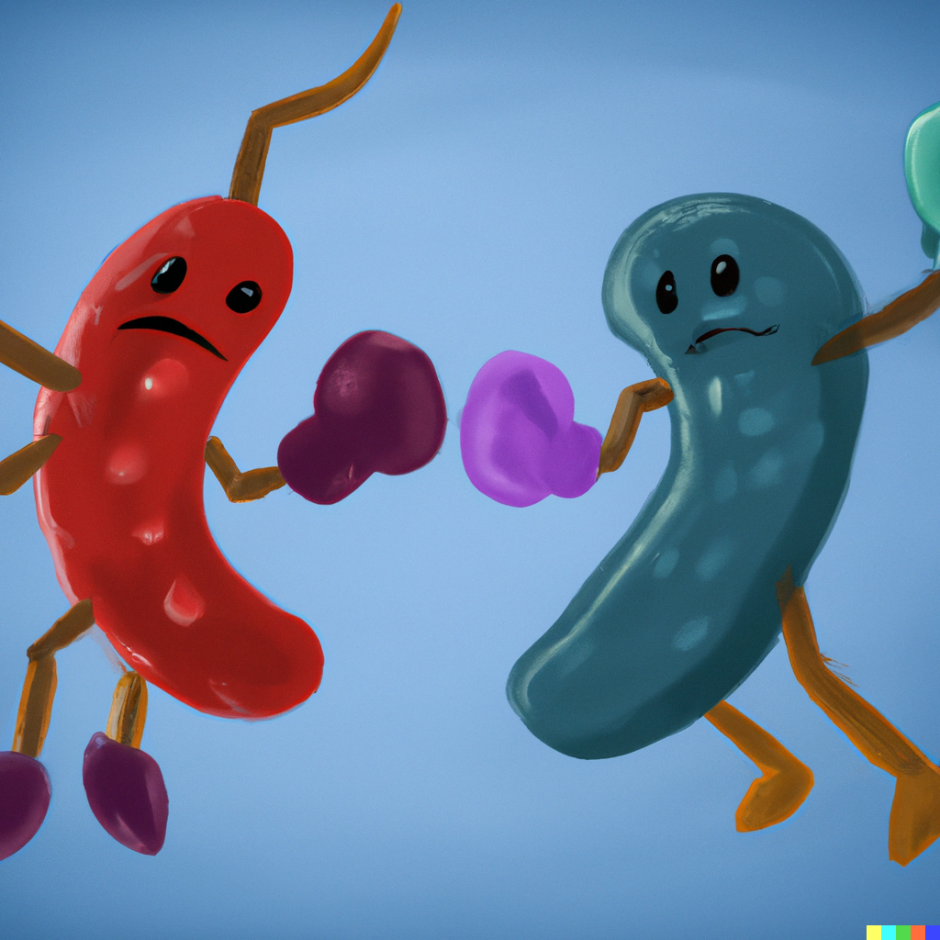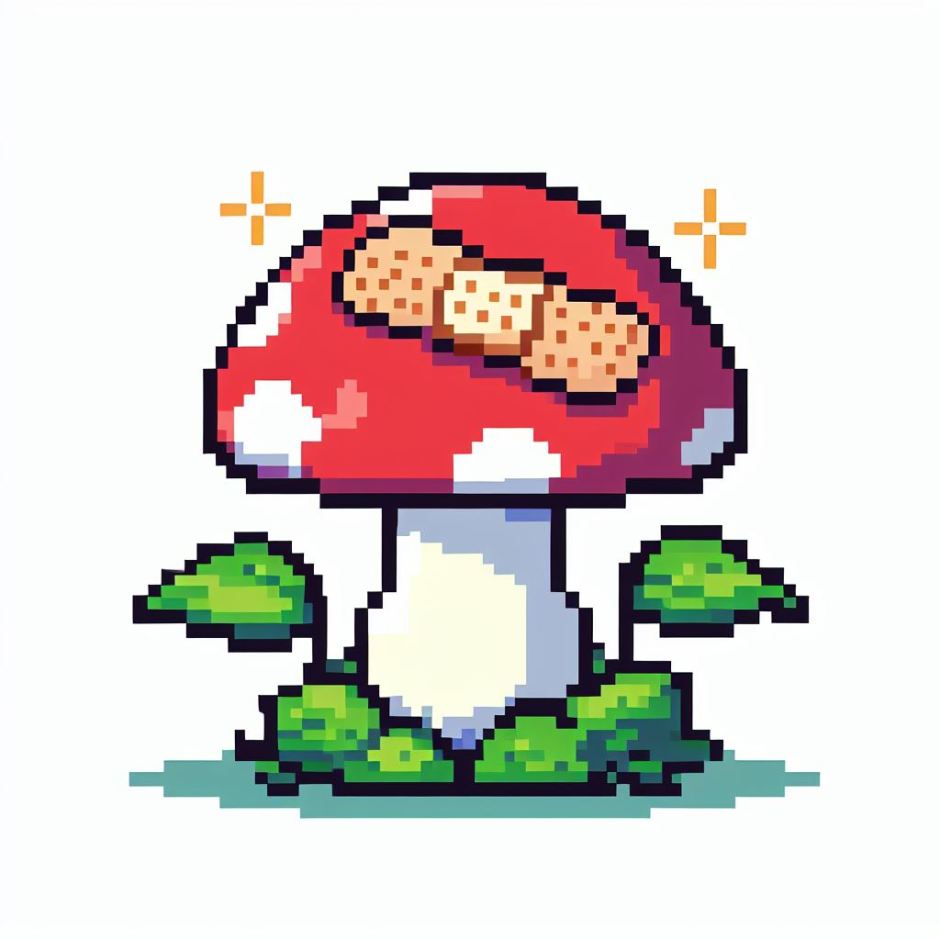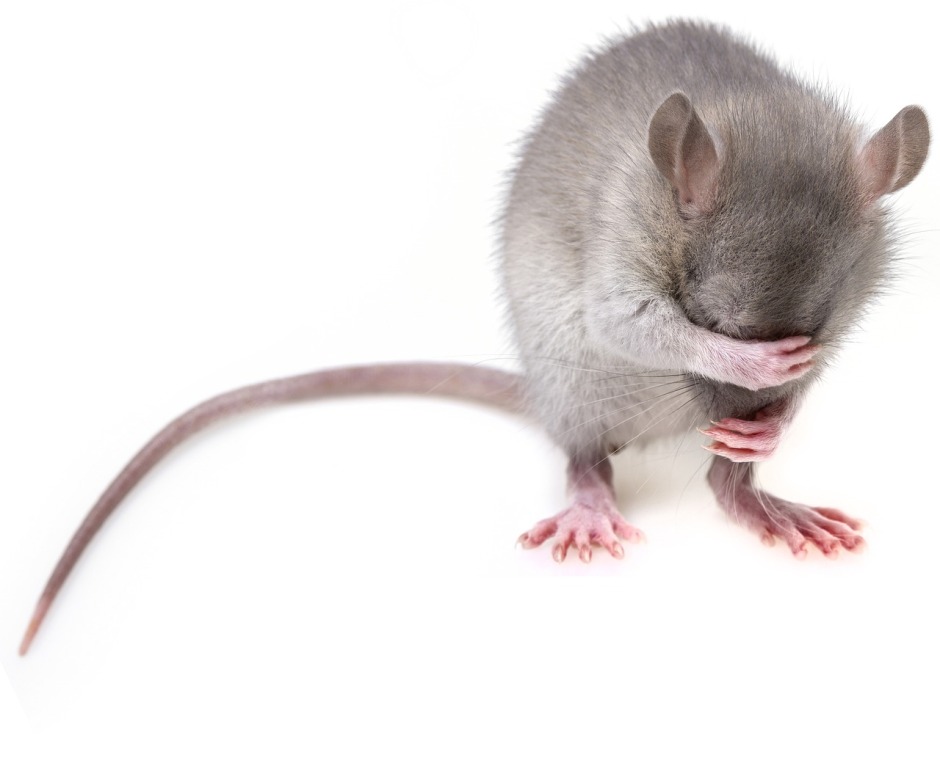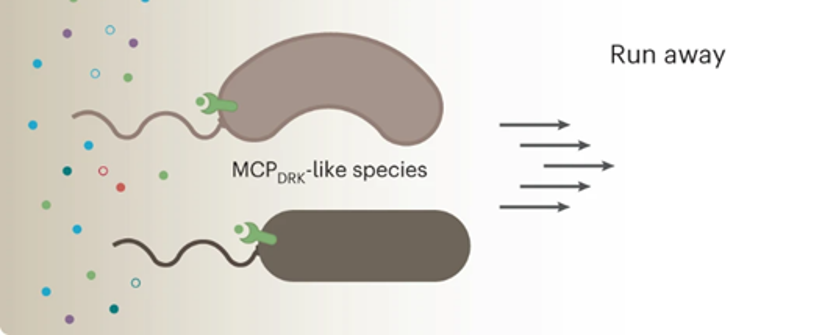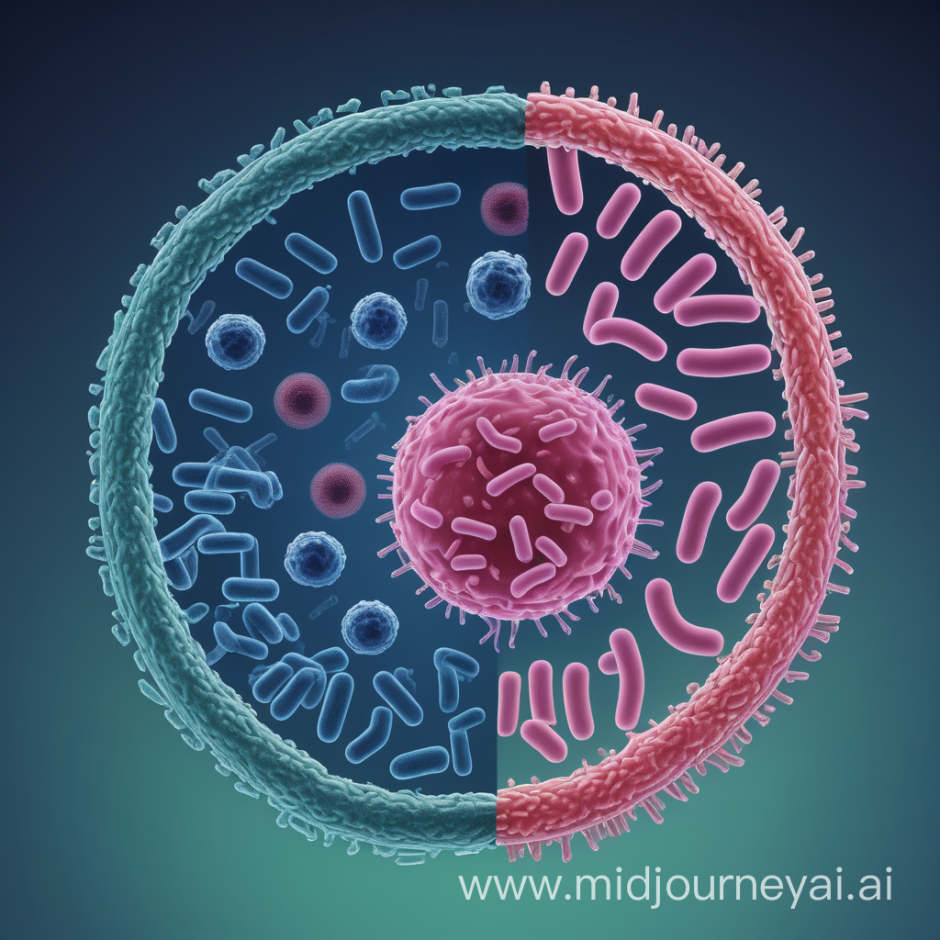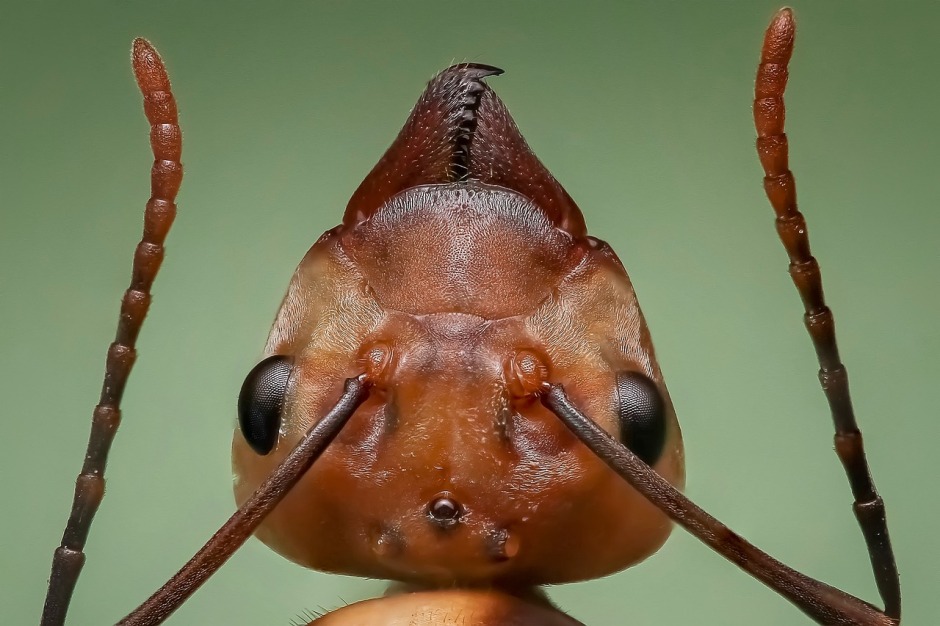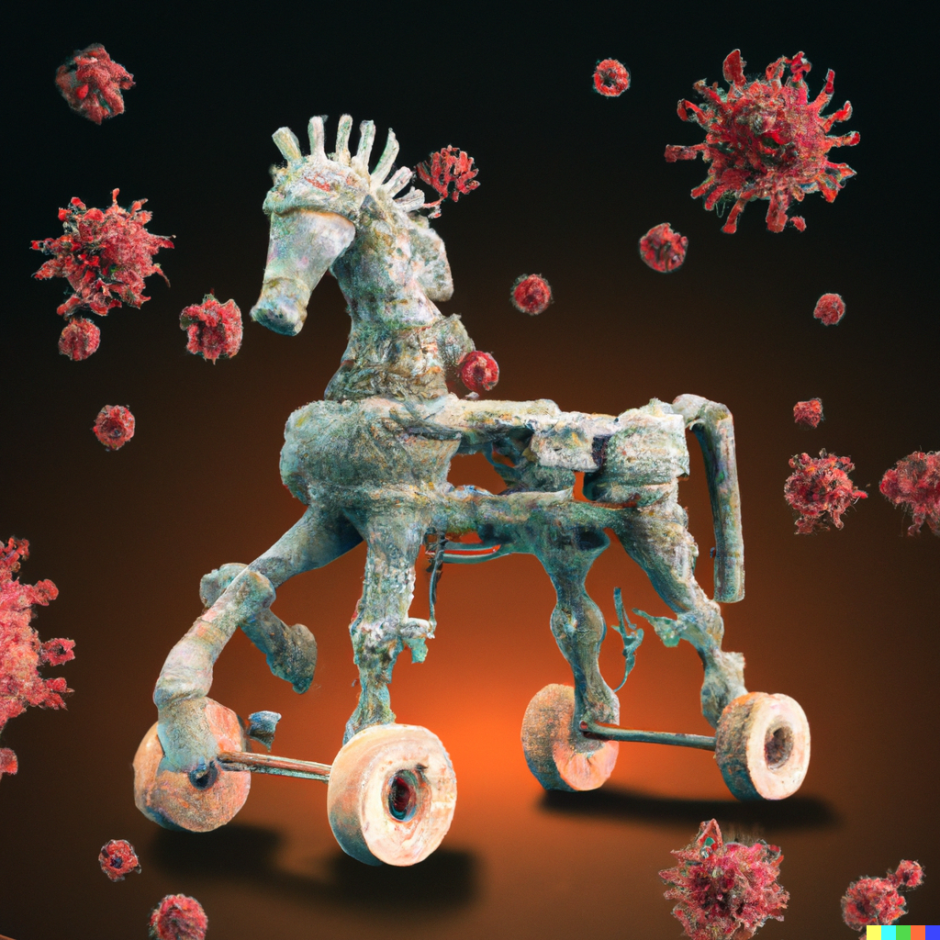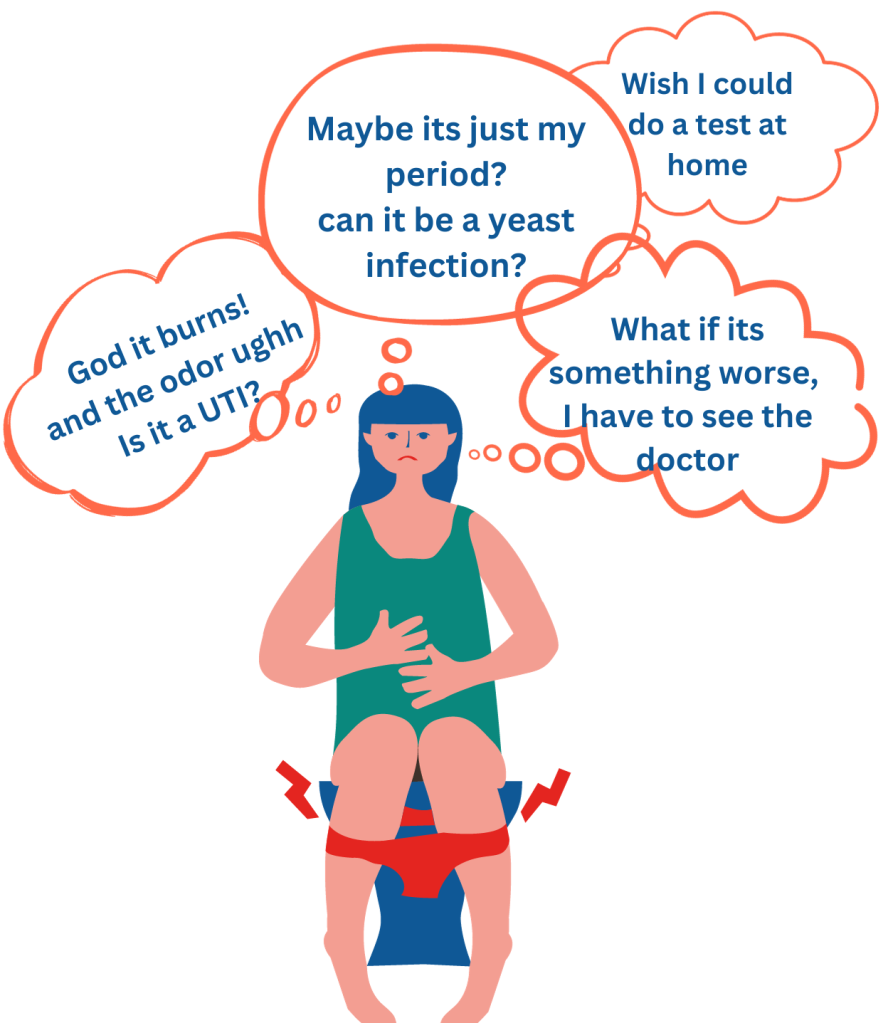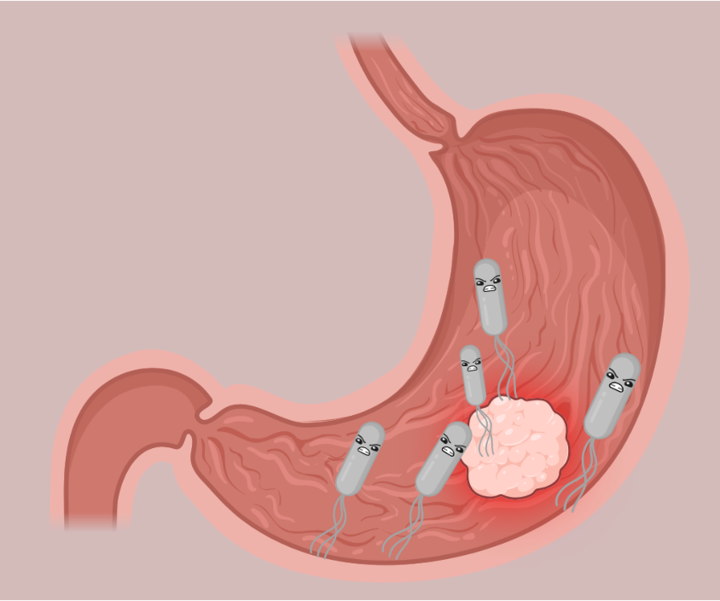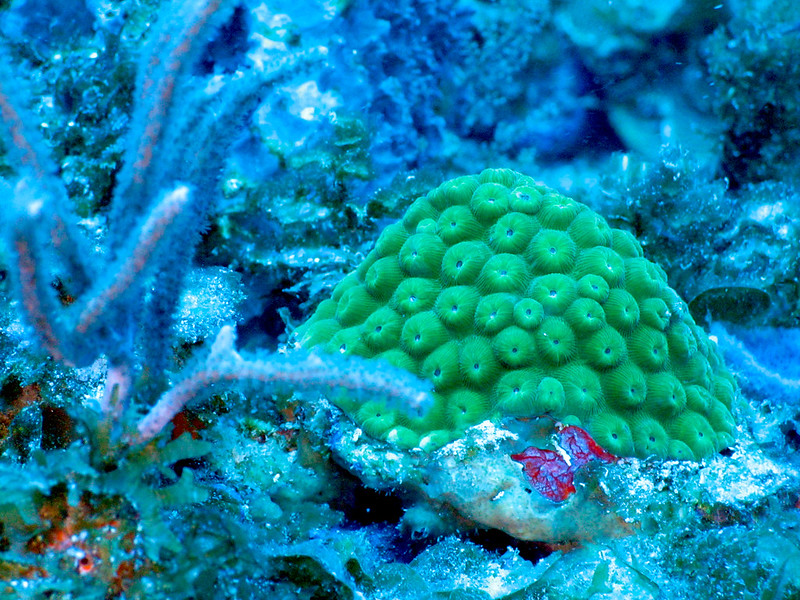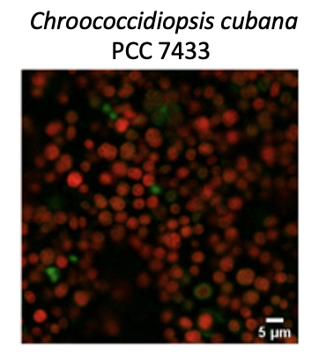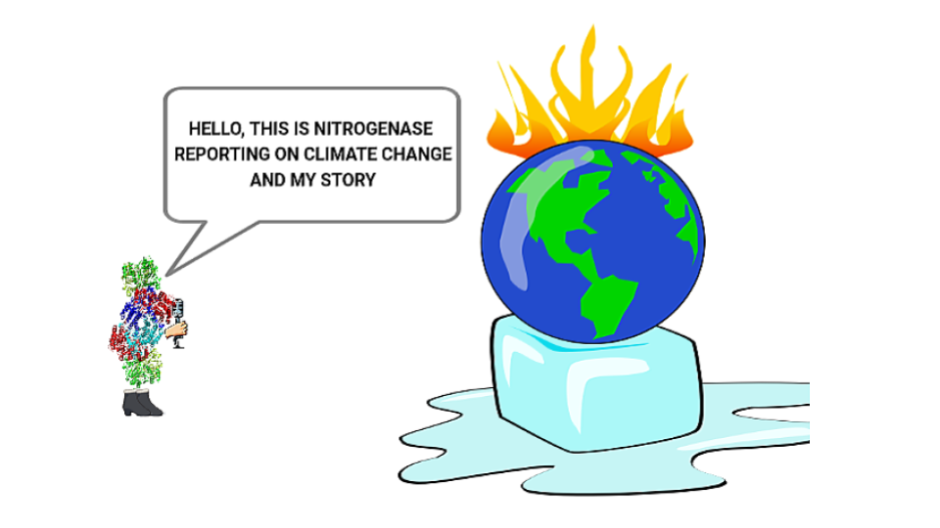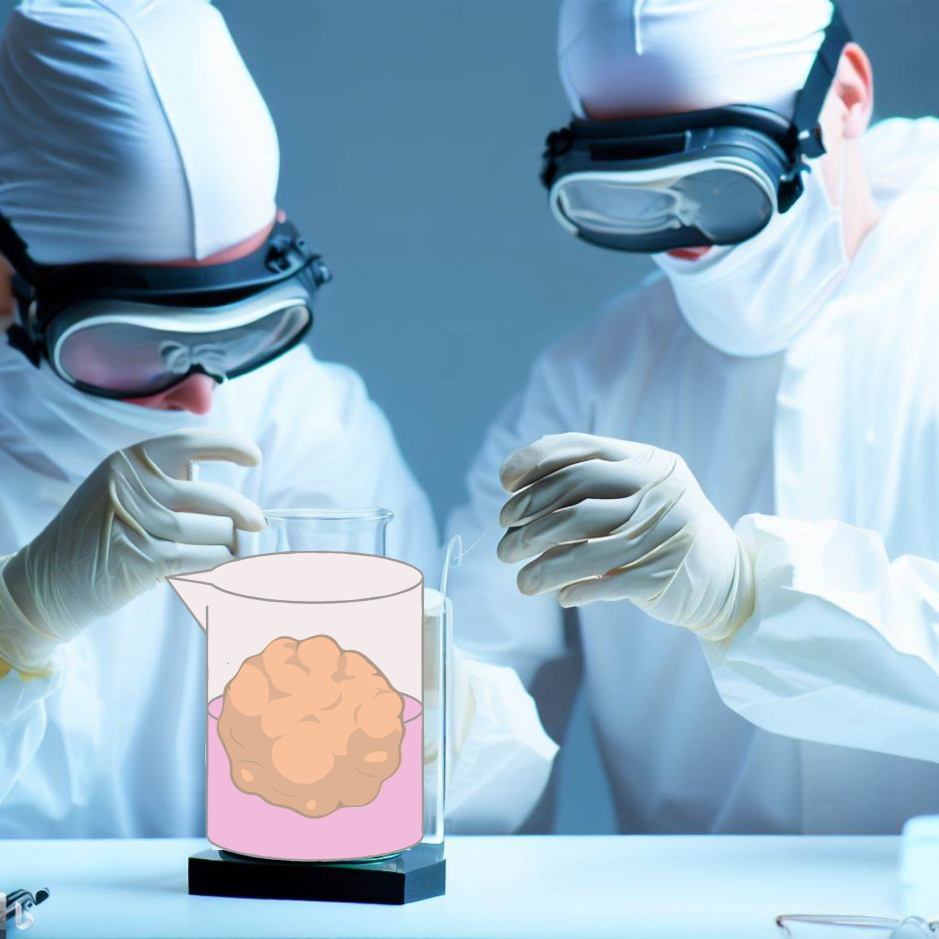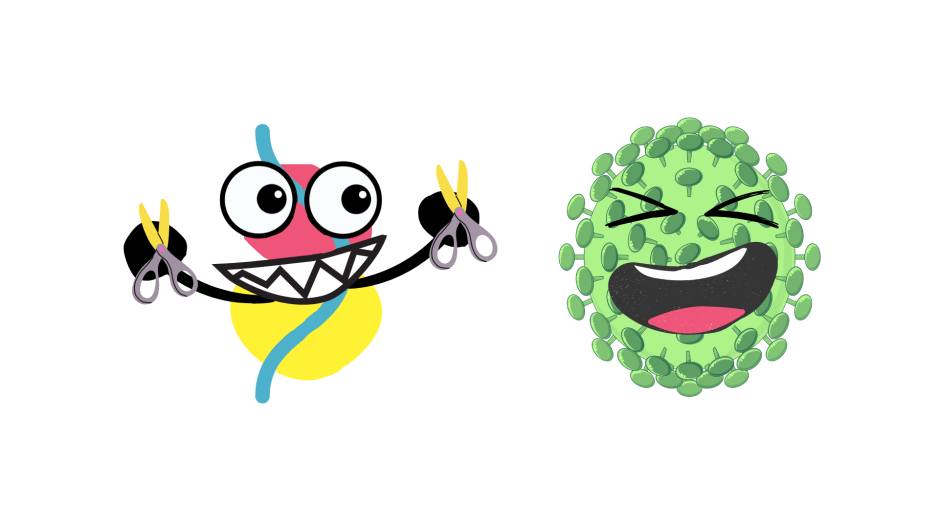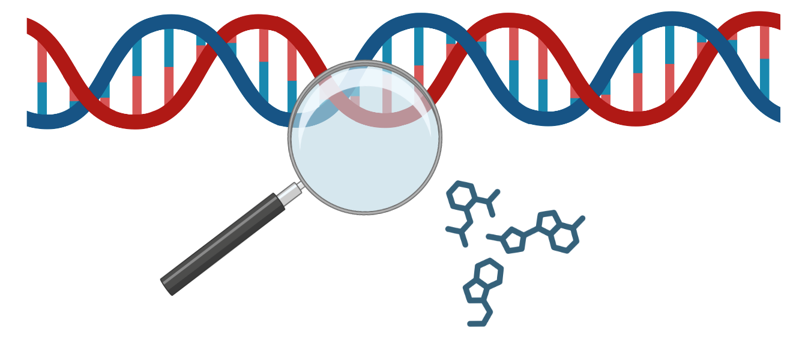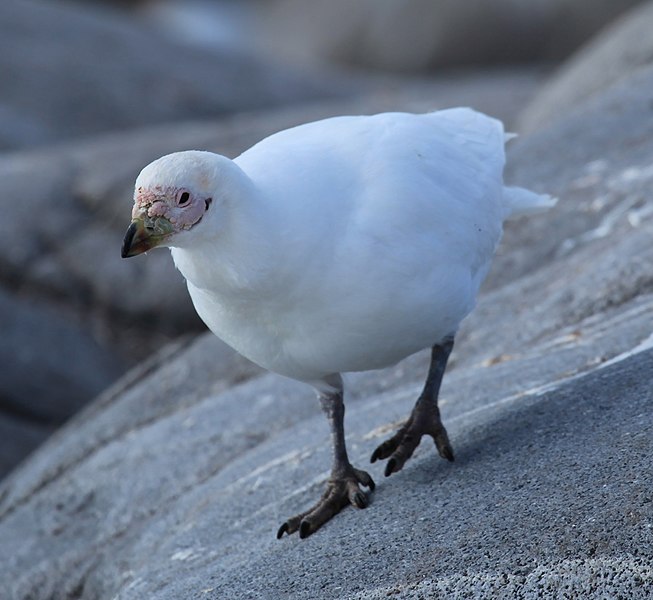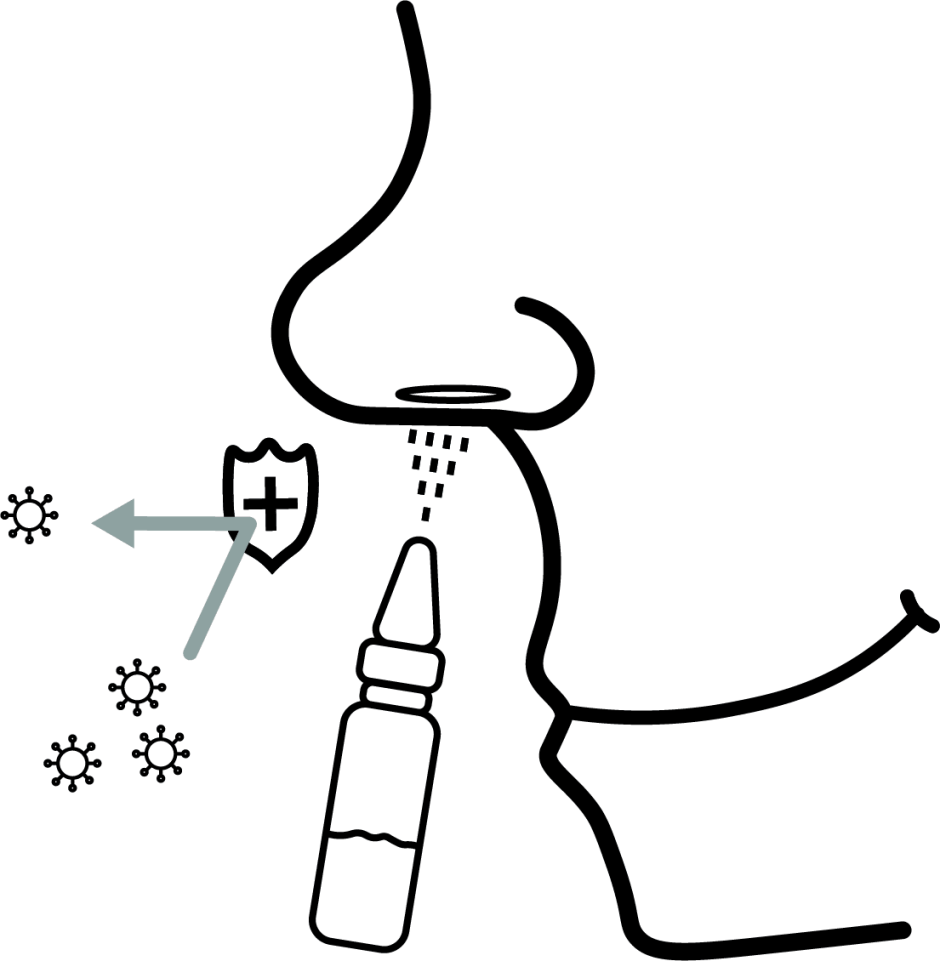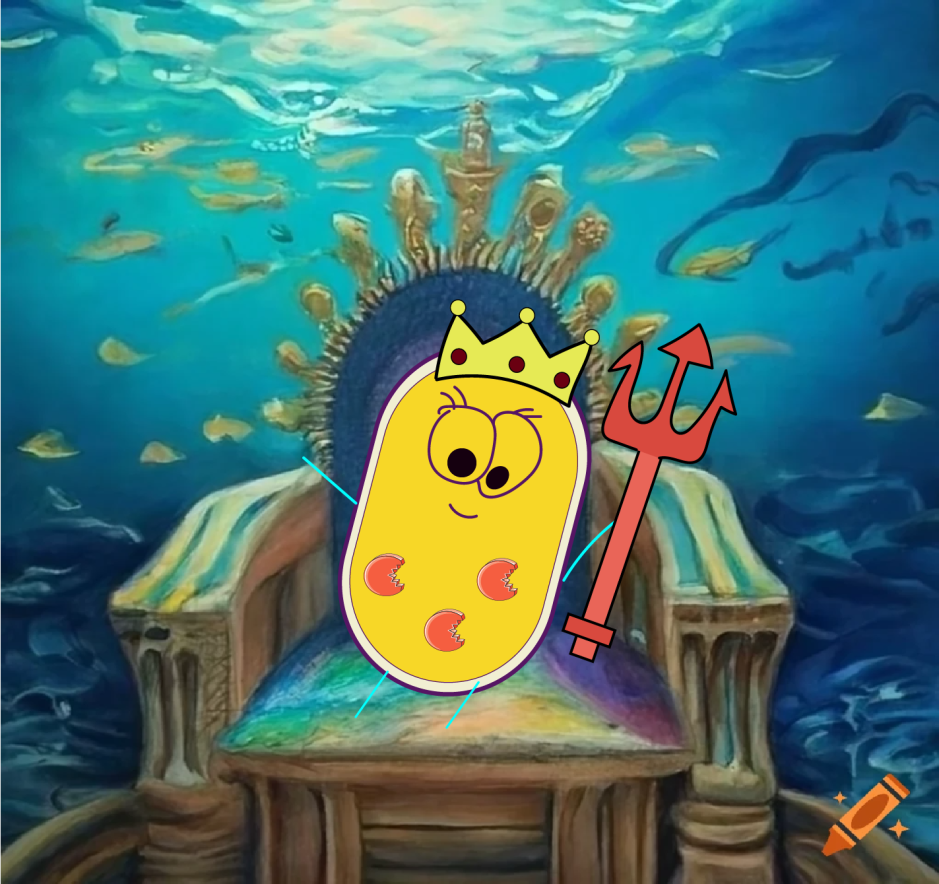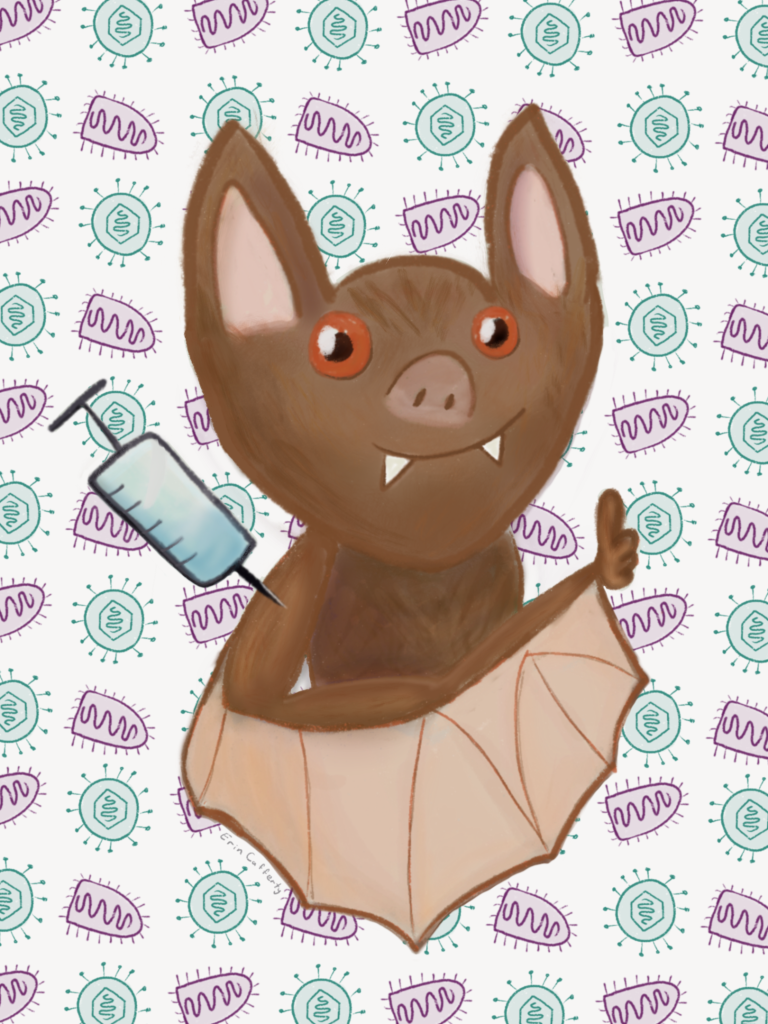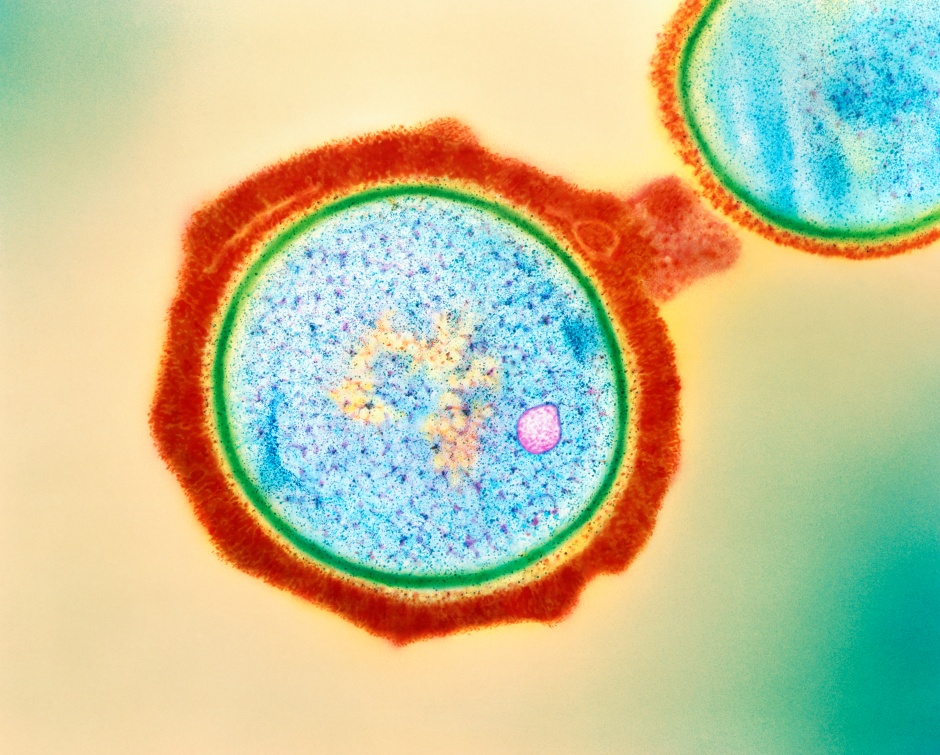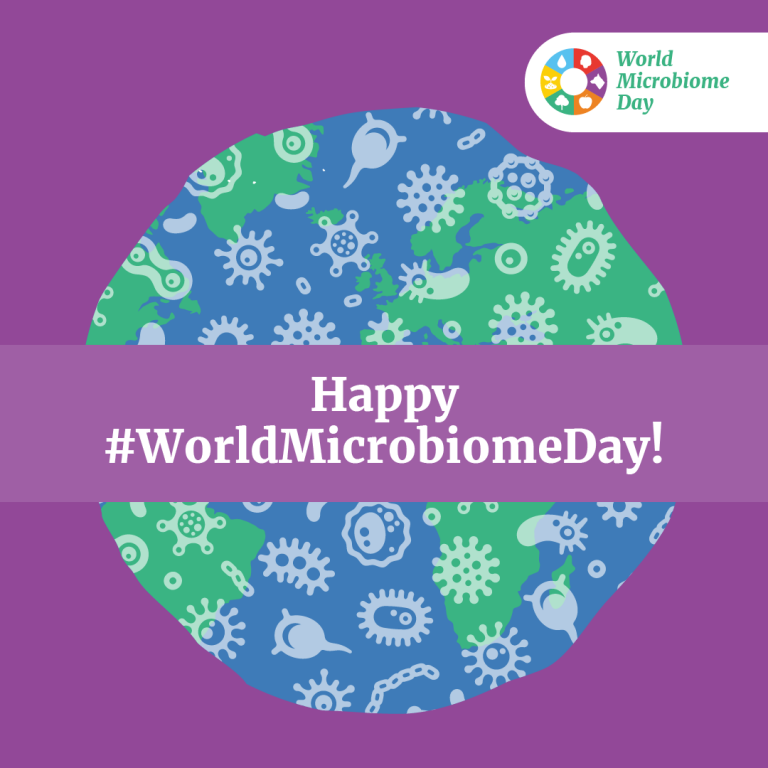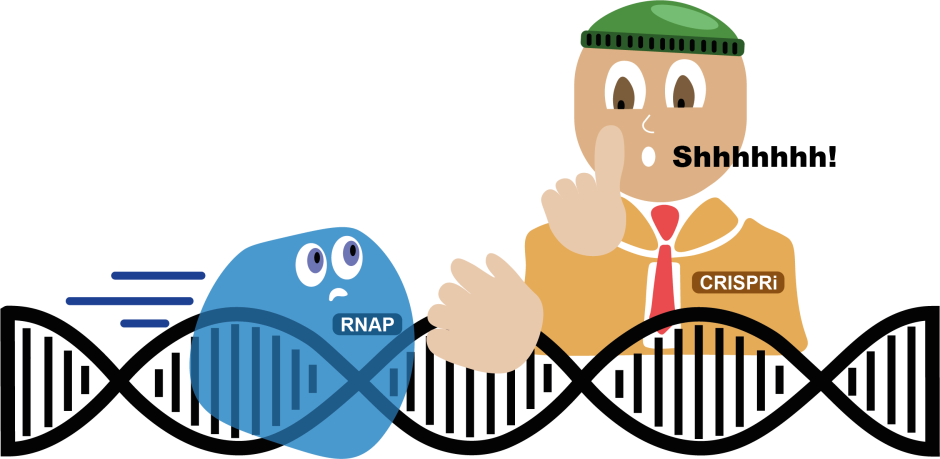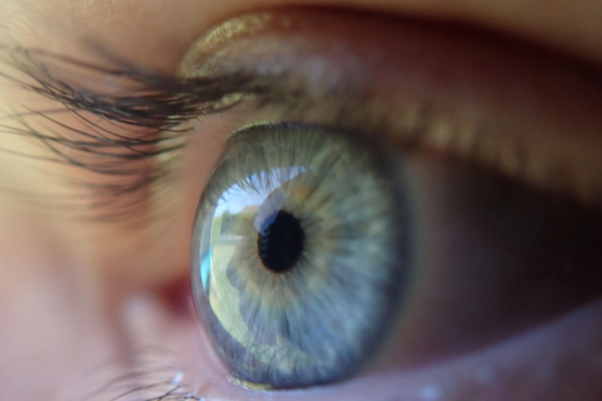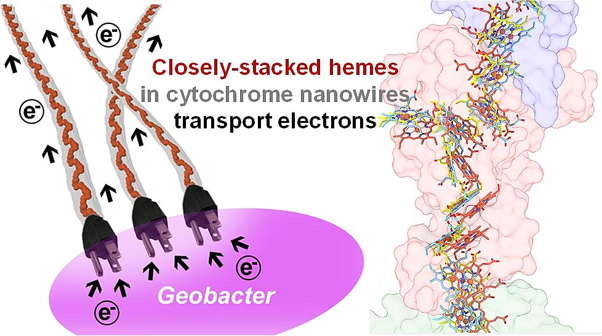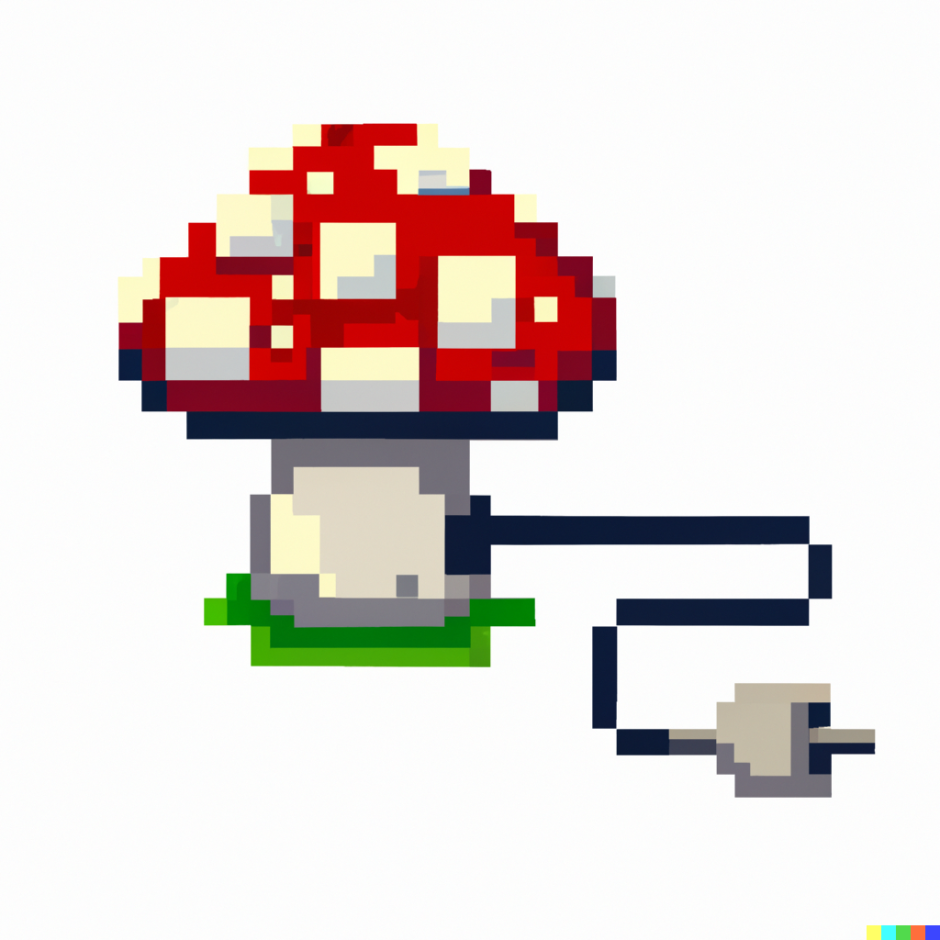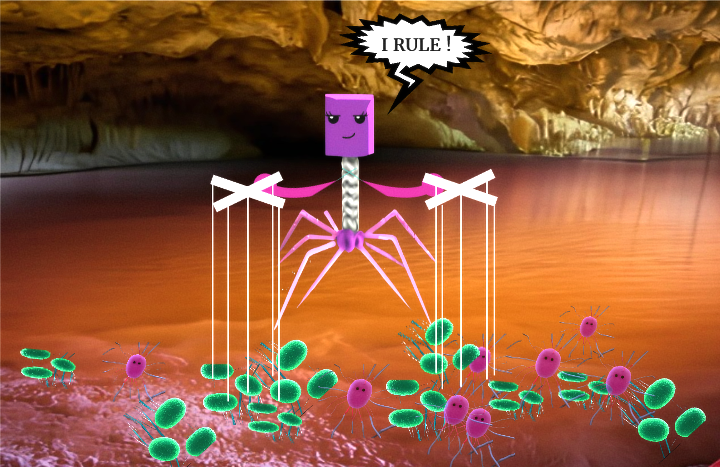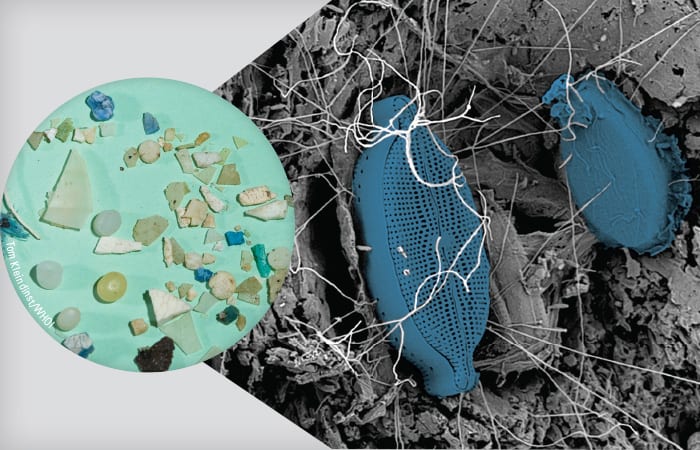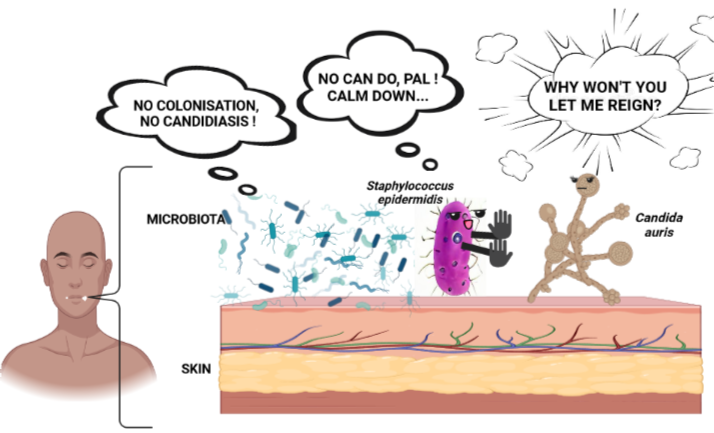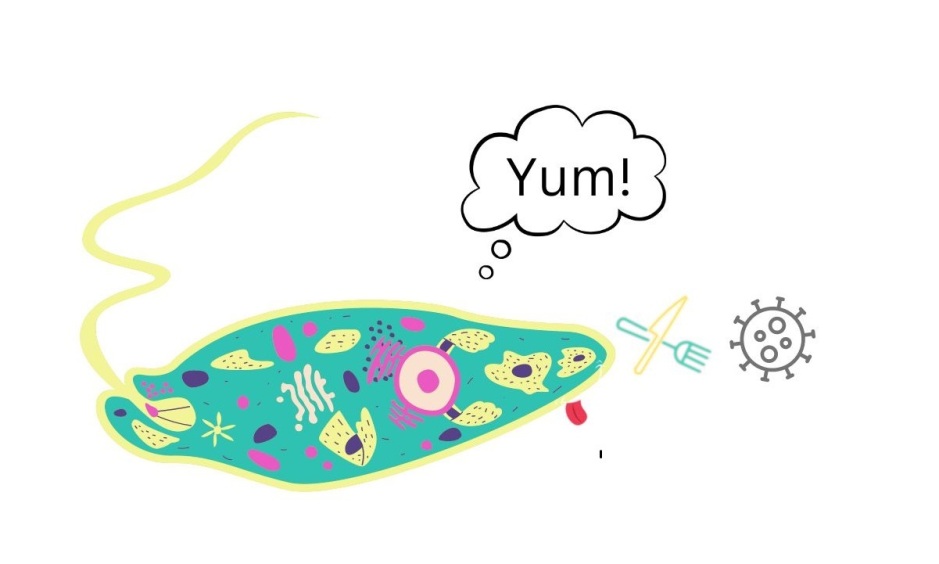
Breaking down the microbiology world one bite at a time
Degraded polysaccharides as a foraging cue
An energy-rich diet is generally essential for the survival of an organism. During our day, we eat plenty of fruits and vegetables. Such a diet is then broken down to smaller molecules during digestion, which then keeps us energetic. However, many organisms don’t consume complex diets like us.
Many bacteria directly use polysaccharide, a polymer of sugar molecule, as an energy source. Bacteria produce exoenzymes to break down the polysaccharides into smaller molecules called oligosaccharides. To degrade polysaccharides efficiently, a group of bacteria work together and produce exoenzymes collectively to degrade the molecule. Once the polysaccharide is completely broken, it is important for bacteria to disperse away and find new sources of nutrition and energy. But how does a bacterium know when the nutrition is exhausted? And how does a bacterium manage to break off and run away from the clump of surrounding bacteria?
In this study, Astrid and the group used Vibrio cyclitrophicus to understand the cellular machinery switch that helps bacteria to move away from an exhausted source of nutrient. Vibrio cyclitrophicus derives energy by degrading a polysaccharide called alginate.
Alginate is a major component of the cell wall of brown algae. While growing on alginate Vibrio cells break it down into smaller fragments (digested alginate). Using microscopy, authors first tried to see how cells would react to the presence of alginate or digested alginate. They found that when bacteria are grown only in the presence of alginate, after every cell division, bacteria stick together to form bigger clumps. However, when bacteria were only supplied with digested alginate, they dispersed after every few cell divisions and formed only smaller groups as shown in the figure below. This suggests that Vibrio cyclitrophicus tries to stick together to break down complex polysaccharides like alginate.

Under natural conditions, with time the amount of alginate decreases while that of digested alginate increases. To understand how the group of bacteria reacts to changing relative abundance of alginate and the digested form, scientists grew bacteria on alginate at the start and replaced it with the digested products later on.
They found that as soon as the bacteria switch to the digested alginate for nutrition, the bacteria start to move and disperse. They quantified this behavior and found that bacteria grown in the presence of digested alginate are more motile compared to intact alginate.
To understand if the bacterial motility is random or specific, the authors tested the chemotaxis response of the bacteria towards alginate and digested alginate. In a chemotaxis plot, a higher value indicates that the bacteria like that molecule. Authors observed that bacteria are attracted towards undigested alginate. This suggests that bacteria are dispersing in the presence of digested alginate to try and find undigested-alginate, where intact alginate indicates an unused resource of energy.

Finally, authors used RNAseq analysis to see what is happening inside bacteria upon switching the diet from alginate to the digested alginate. They found that the bacterium on alginate grows slowly and does not produce a lot of new proteins. They also found that the bacterium does not produce a lot of flagella, a thread-like structure bacteria use to move. However, in the presence of digested products, the group of bacteria starts to grow faster, and produces more energy, more proteins and more flagella. All of this allows the bacteria to move efficiently.
Overall this study gives valuable insights into when, why and how bacteria forage in nature. Authors showed that Vibrio grows in clumps in the presence of complex polysaccharides like alginate. Formation of such a clump allows Vibrio to digest alginate efficiently. As soon as the bacterium detects the presence of digested alginate, it starts to divide quickly and disperses to find more alginate in the surrounding area. This behavioral cycle allows Vibrio to explore new niches in search of food.

Link to the original post: Astrid KM Stubbusch, Johannes M. Keegstra, Julia Schwartzman, Sammy Pontrelli, Estelle E. Clerc, , Roman Stocker, Cara Magnabosco, Olga T. Schubert, Martin Ackermann, Glen G D’Souza. Polysaccharide breakdown products drive degradation-dispersal cycles of foraging bacteria through changes in metabolism and motility. eLife. DOI: https://doi.org/10.7554/eLife.93855.1
Featured image: Adapted from Astrid et. al (2024)


